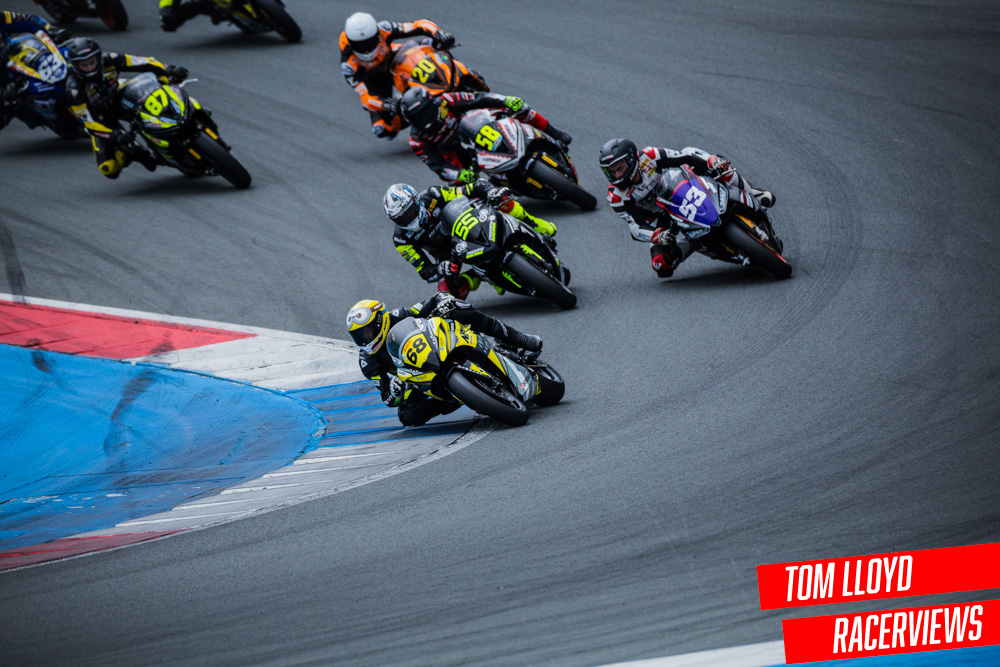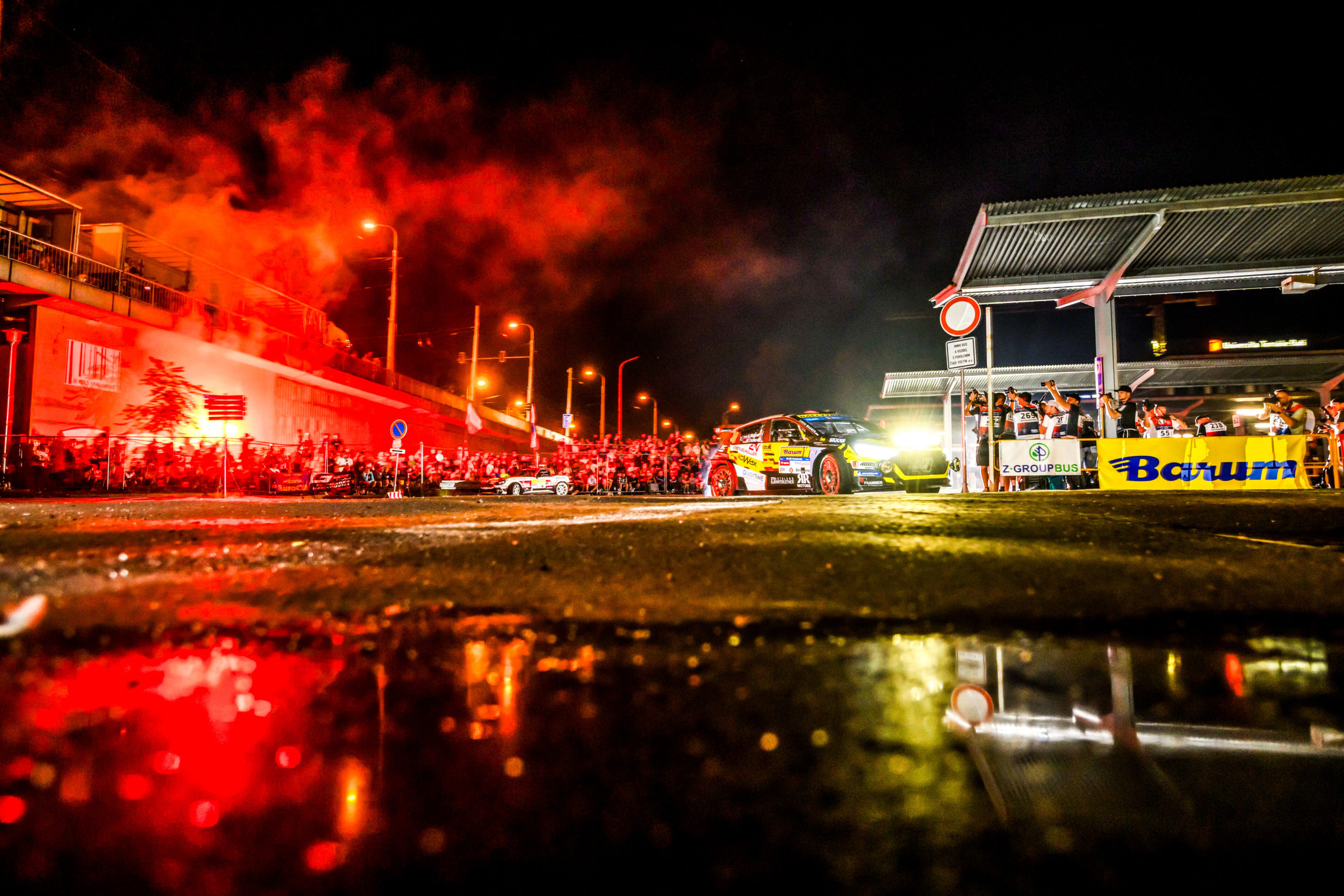The 93rd running of the 24 Hours of Le Mans in 2025 was a race that, while perhaps lacking some of the multi-manufacturer drama of previous years, nonetheless delivered a masterclass in precision, discipline, and tactical ingenuity. As the sun set over the Circuit de la Sarthe, the air thick with the anticipation of another chapter in motorsport history, it became clear that this year’s race would be defined not by chaos, but by the relentless pursuit of perfection across all classes.

Hypercar: Ferrari’s Relentless March
From the outset, the Hypercar class was marked by a sense of inevitability. Ferrari, having downplayed their chances throughout the week, quietly executed a strategy that would see them rise from mid-grid to the front in a matter of hours. The #83 Ferrari 499P, piloted by Robert Kubica, Yifei Ye, and Philip Hanson, was the embodiment of this approach: methodical, unflappable, and devastatingly quick when it mattered most.
The early hours saw the Ferraris slicing through the field, their progress measured and almost surgical. While the qualifying session had suggested that Porsche or even Toyota might have the edge, the reality of the race was different. Ferrari’s focus on long-run pace and tyre management, rather than outright qualifying speed, paid off handsomely as the race settled into its rhythm. The 499P’s top speed—reaching 349 km/h on the Mulsanne—provided a crucial advantage, especially during the long, green-flag runs that characterised much of the race.
A mid-race safety car threatened to upset Ferrari’s carefully laid plans, neutralising their early gains and compressing the field. Yet, it was in this moment of uncertainty that the team’s tactical acumen shone brightest. Rather than panic, they recalibrated, using the opportunity to adjust their pit strategy and maintain track position. Kubica’s remarkable five-stint run through the night was a testament not only to his physical endurance but also to the team’s trust in his ability to manage traffic, tyre wear, and the unrelenting pressure of leading at Le Mans.

Porsche’s #6 Penske entry remained a persistent threat, executing a clean, strategically sound race. Yet, for all their efforts, they could not match Ferrari’s relentless consistency and operational precision. Toyota, Alpine, and BMW, meanwhile, found themselves on the back foot, hampered by a combination of reliability issues and a lack of outright pace.
As dawn broke and the final hours approached, it was clear that Ferrari’s approach—prioritising adaptability, tyre conservation, and disciplined driver rotation—had paid off. Their victory, while perhaps lacking in last-lap drama, was nonetheless a masterclass in the art of endurance racing.

LMP2: Endurance and Adaptation
If the Hypercar battle was defined by clinical execution, the LMP2 contest was a showcase of resilience and adaptability. The Oreca 07 chassis, a familiar sight at Le Mans, once again provided the stage for a fierce and unpredictable midfield battle. Here, the margins were finer, the stakes no less significant.
The opening hours were a blur of position changes and strategic gambits, as teams sought to establish their rhythm. For Jamie Chadwick, making her Le Mans debut, it was a baptism of fire, yet her team’s fast, clean stints kept them in contention as the field began to spread out. In LMP2, the race is often as much about survival as it is about speed; this year was no exception.
Mechanical attrition played its part, perhaps most heartbreakingly for IDEC Sport, who had entered the race as favourites. A double retirement due to right-rear wheel failures was a cruel reminder of the fine margins at play in endurance racing. Yet, even in disappointment, the team’s professionalism and focus on learning for future campaigns—particularly as they prepare for a Hypercar entry—was evident.
As the race wore on, pit stop strategy became the defining factor. With fewer safety car interventions than in recent years, teams were forced to rely on the subtleties of undercuts and overcuts, using pit stop timing and driver changes to gain precious seconds. In the end, it was the teams that combined mechanical reliability with strategic flexibility—those able to adapt quickly to evolving circumstances—that found themselves best placed as the chequered flag beckoned.

GT3: A New Era, Familiar Intensity
2025 marked a watershed moment for GT racing at Le Mans, as the venerable GTE regulations gave way to the globally popular GT3 formula. The result was a grid bursting with manufacturer diversity—Corvette, Lamborghini, Aston Martin, Lexus, McLaren—and a level of competition that reinvigorated the class.
From the very first lap, the GT3 field was embroiled in a battle that was as much about survival as it was about speed. Corvette and Lamborghini traded the lead in the opening hours, their duels providing a thrilling counterpoint to the more measured progress of the Hypercars. The absence of rain, often a hallmark of Le Mans unpredictability, did little to diminish the drama; instead, it was the onset of night that brought new challenges, as drivers grappled with visibility and the unique demands of the circuit.
Pit strategy and tyre choices became the battleground on which the race would be won or lost. As track temperatures fluctuated, teams faced critical decisions about compounds and stint lengths. Those who optimised their stops, who found the right balance between aggression and caution, were able to eke out crucial advantages.
For the GT3 teams, many of whom were experiencing Le Mans for the first time, adaptation was key. The demands of the Circuit de la Sarthe—its length, its high-speed sections, its relentless traffic—forced teams to rethink their approach. Communication between drivers and engineers became paramount, as did the ability to maintain focus and discipline over the course of a gruelling 24 hours.
In the end, it was the teams that embraced the endurance mindset—prioritising consistency, minimising time in the pits, and avoiding costly mistakes—that rose to the top. The debut of GT3 at Le Mans was a resounding success, promising even greater competition in the years to come.
The Enduring Challenge
As the final hours ticked away and the sun rose once more over Le Mans, the 2025 edition of the world’s greatest endurance race reaffirmed its status as a crucible for engineering, strategy, and human resilience. Ferrari’s Hypercar triumph was a testament to the power of preparation and tactical execution. In LMP2, the virtues of adaptability and perseverance were on full display, while the GT3 class ushered in a new era of competition and unpredictability.
For the educated observer, Le Mans 2025 was a reminder that while technology and regulations may evolve, the fundamental challenges of endurance racing—balancing speed, reliability, and teamwork—remain as compelling as ever. The lessons learned on this hallowed circuit will echo through the paddocks and boardrooms of motorsport for years to come, shaping the future of a race that, even after 93 editions, continues to captivate and inspire.




